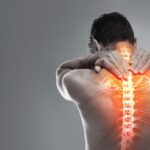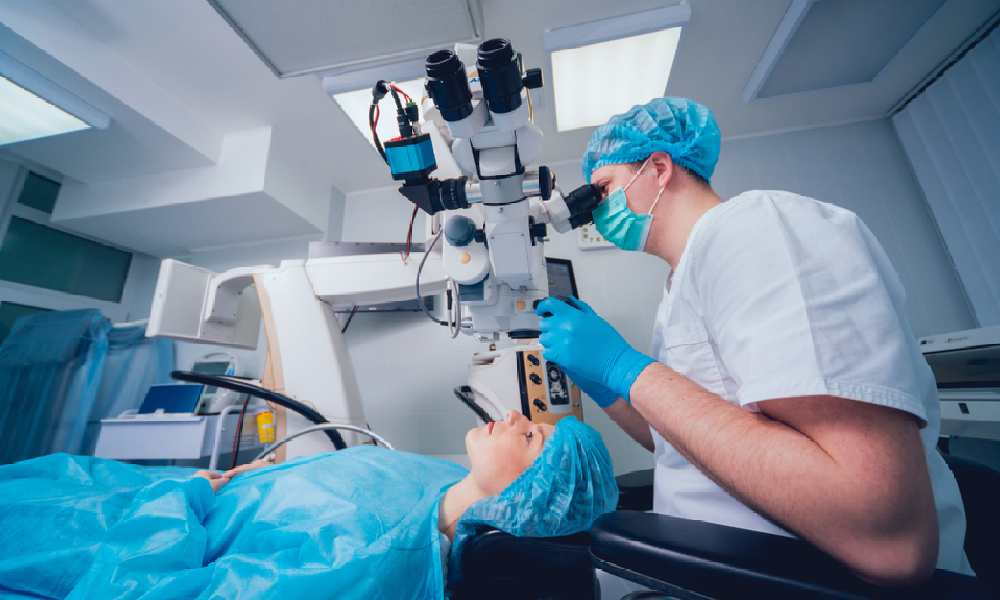Back pain is a prevalent issue that affects millions of people worldwide, impacting their daily lives and overall well-being. From mild discomfort to debilitating agony, back pain can vary widely in its severity and manifestations. Understanding its causes, symptoms, and treatment options is crucial for effectively managing this common ailment.
Causes of Back Pain
- Muscle Strain: One of the most common causes of back pain is muscle strain or injury, often resulting from sudden movements, lifting heavy objects improperly, or poor posture.
- Herniated Discs: When the soft inner material of a spinal disc protrudes through its tough exterior, it can irritate nearby nerves, leading to back pain.
- Degenerative Conditions: Conditions such as osteoarthritis and degenerative disc disease can cause the breakdown of spinal discs and joints, contributing to chronic back pain.
- Spinal Stenosis: Narrowing of the spinal canal can put pressure on the spinal cord and nerves, causing pain, numbness, and weakness in the back and legs.
- Traumatic Injuries: Accidents, falls, or trauma to the spine can result in fractures, dislocations, or other injuries leading to back pain.
Symptoms of Back Pain
- Dull Aching: Persistent, dull aching in the back region, which may worsen with movement or certain activities.
- Sharp or Shooting Pain: Intense, shooting pain that radiates from the back to the buttocks, legs, or feet, often indicative of nerve compression or irritation.
- Muscle Stiffness: Tightness or stiffness in the muscles of the back, making it difficult to move or bend comfortably.
- Limited Mobility: Reduced range of motion in the back, accompanied by difficulty in performing daily tasks or activities.
- Numbness or Tingling: Sensations of numbness, tingling, or weakness in the back or extremities, suggesting nerve involvement.
Treatment Options
Medications
Over-the-counter pain relievers such as ibuprofen or acetaminophen can help alleviate mild to moderate back pain. In cases of severe pain, prescription medications or muscle relaxants may be prescribed.
Physical Therapy
Targeted exercises, stretching routines, and manual therapy techniques can strengthen the muscles, improve flexibility, and alleviate back pain.
Heat and Cold Therapy
Applying heat packs or cold compresses to the affected area can help reduce inflammation, soothe sore muscles, and relieve pain.
Lifestyle Modifications
Maintaining a healthy weight, practicing good posture, and avoiding prolonged sitting or standing can help prevent back pain or reduce its severity.
Surgical Intervention
In cases where conservative treatments fail to provide relief, surgical procedures such as spinal decompression, fusion, or disc replacement may be recommended.
The Role of Knee Replacement in Back Pain
While knee replacement surgery primarily addresses issues related to knee joint degeneration and arthritis, its impact on back pain should not be underestimated. Oftentimes, individuals with knee problems compensate for their discomfort by altering their gait or posture, which can place added stress on the back and contribute to back pain. By restoring proper function and mobility to the knee joint through replacement surgery, patients may experience improved overall biomechanics, leading to reduced strain on the back and decreased back pain.
Conclusion
Back pain can significantly diminish one’s quality of life, but with proper understanding and management, its impact can be minimized. By addressing underlying causes, adopting healthy lifestyle habits, and exploring various treatment modalities, individuals can find relief from back pain and regain control over their daily activities. Whether through conservative measures or surgical intervention, seeking timely medical attention is key to effectively managing back pain and promoting long-term spinal health.

 Utilizing 3d printing technology in medical training
Utilizing 3d printing technology in medical training  Online THC A Flowers: Best Options Available
Online THC A Flowers: Best Options Available  Entails of terpenes in Delta 8 gummies
Entails of terpenes in Delta 8 gummies  Why are regular check-ups with a thyroid health specialist important?
Why are regular check-ups with a thyroid health specialist important?  Pain Down There? You Are Not Alone! Understanding Chronic Pelvic Pain
Pain Down There? You Are Not Alone! Understanding Chronic Pelvic Pain  What Allied Health Services are Available in Werribee for NDIS Participants?
What Allied Health Services are Available in Werribee for NDIS Participants?  What to Expect When Visiting a Pain Center for the First Time?
What to Expect When Visiting a Pain Center for the First Time?  Health benefits of using the best magic mushroom gummies
Health benefits of using the best magic mushroom gummies  Addiction is a complex and devastating disease.
Addiction is a complex and devastating disease. 
